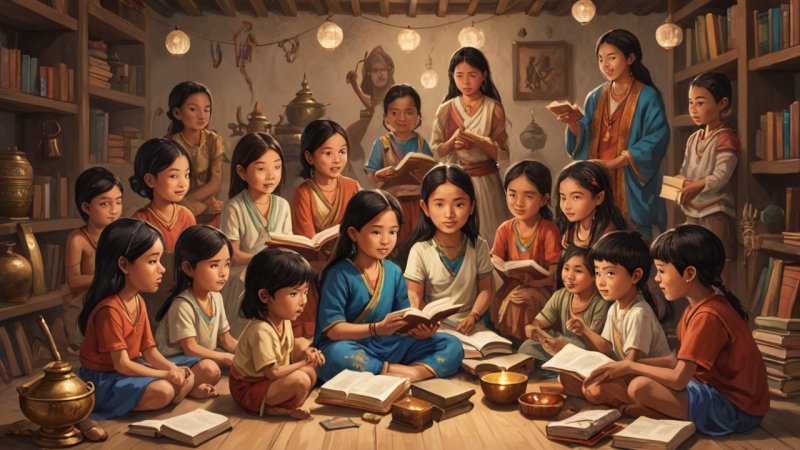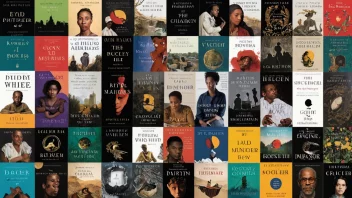Introduction
Storytelling is a fundamental aspect of human culture, transcending time and geography. In this article, you will learn about the significance of storytelling traditions across various cultures, how they shape children's literature, and the roles they play in education, morality, and cultural preservation. By exploring these traditions, you will gain insight into how stories can unite people and foster understanding among diverse communities.
Step 1: Understand the Importance of Storytelling
Before diving into specific traditions, it's essential to recognize why storytelling is crucial. Here are some reasons:
- Cultural Identity: Stories help preserve cultural heritage and identity.
- Moral Lessons: Many cultures use storytelling to impart moral lessons to children.
- Community Bonding: Storytelling fosters a sense of belonging and community among listeners.
- Imagination and Creativity: Engaging with stories enhances children's imagination and creativity.
Step 2: Explore Various Storytelling Traditions
Each culture has its unique storytelling traditions. Here are some notable ones:
- African Oral Traditions: Rich in folklore, African storytelling often involves a communal aspect, where tales are shared during gatherings. Stories like those of Anansi the Spider teach lessons about intelligence and resourcefulness.
- Native American Storytelling: Stories often revolve around nature and spirituality, passed down through generations. They emphasize respect for the earth and its inhabitants.
- Asian Storytelling: In cultures like Chinese and Indian, storytelling often incorporates mythology and historical figures, using rich symbolism to convey deeper meanings.
- European Fairy Tales: Many classic children's stories stem from European folklore, often containing moral lessons wrapped in adventure and fantasy.
- Latin American Storytelling: These stories often blend indigenous elements with colonial influences, highlighting themes of magic realism.
Step 3: Identify Common Themes in Children's Literature
Despite cultural differences, several themes appear across children's literature:
- Hero's Journey: Many stories feature a hero who embarks on a quest, facing challenges that lead to personal growth.
- Family and Community: The importance of family bonds and community support is a recurring theme.
- Good vs. Evil: Many narratives revolve around the classic battle between good and evil, teaching children about choices and consequences.
- Nature and Environment: Stories often emphasize the relationship between humans and nature, fostering a sense of stewardship.
Step 4: Incorporate Storytelling into Your Reading Routine
Encouraging children to engage with storytelling can enhance their love for reading:
- Read Aloud: Share stories from different cultures by reading them aloud. Use expressive voices to bring characters to life.
- Discuss Themes: After reading, discuss the themes and morals of the story with your child. Ask them what they learned.
- Create Your Own Stories: Encourage children to invent their own stories, drawing inspiration from the traditions you've shared.
- Attend Storytelling Events: Look for local storytelling sessions or cultural festivals that celebrate storytelling traditions.
Step 5: Embrace Diversity in Literature
Expose children to a variety of storytelling traditions to broaden their perspectives:
- Visit Libraries: Explore sections dedicated to world literature and folklore.
- Join Reading Clubs: Participate in or start a reading club that focuses on diverse children's literature.
- Encourage Multicultural Awareness: Discuss the importance of understanding and appreciating different cultures through stories.
Conclusion
In summary, storytelling traditions play a vital role in shaping children's literature and fostering a love for reading. By understanding the importance of storytelling, exploring various traditions, identifying common themes, incorporating storytelling into reading routines, and embracing diversity, we can help children appreciate the rich tapestry of human experience. Encourage young readers to delve into stories from different cultures, allowing them to learn, grow, and connect with the world around them.






